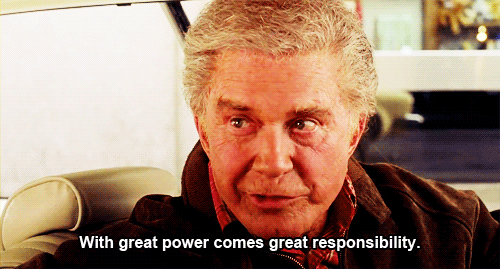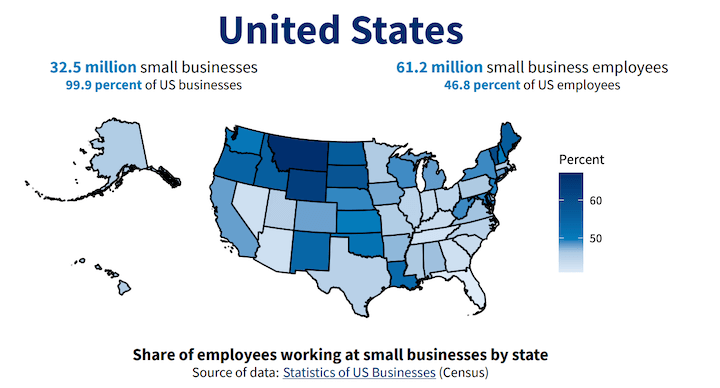
Finally, Hamilton cites logistics. “The whole idea of coming up with a website that is beautiful, represents the brand and is going to drive greater revenue, is fantastic. But the logistical side is a real challenge for brands when it comes to direct-to-consumer – and it’s one they often overlook.”
“There’s no surprise there in terms of the shift that we’ve seen, particularly in terms of online spending, people looking at DTC models for example, the rise of channels like gaming. Part of your media or marketing strategy, how can you build more virtual worlds – these kinds of things keep coming up and are increasingly on the radar of CMO’s and marketing professionals.”
Adding creativity to consistency
“There’s a lot of talk around VR and AR and all this technology. I genuinely believe we are at the point now where that is maturing, where we can actually start building more creative experiences using that tech.”
As a result of this new behaviour, Isobar has also noticed a rise in brands considering the direct-to-consumer model. However, Hamilton says that not all brands should jump on the bandwagon, suggesting that that many do not have what it takes to have a world-class direct-to-consumer offering.
Alongside the overall increase in online shopping due to Covid, Hamilton also puts this down to ‘always on’ consumer behaviour – and the rise of social commerce.
Interestingly, while CMO’s cited consistency as a top factor for customer experience in 2019, 2020 saw creativity rise in importance.
“But it’s not only about that. We see the second wave of experience which is customer-first… how are you building really delightful experiences, and building points of differentiation?”
Hamilton describes this second wave as a ‘development’ of CX rather than a ‘transition’, as “removing friction is still fundamentally key to everything you do, but it’s now more important to leverage new technologies and to build more creative experiences to differentiate yourselves in the market.”
Four factors that have influenced the creative shift
The second factor is that, historically, relentless efficiency has created a sea of sameness. “If you look at a lot of websites in a particular category, you won’t really be able to tell the difference between them. You could just take the logo off, put another logo on, and you’d still think it’s the same brand. That’s an illustration of, a need for efficiency, and using the same tech, is proving the same experience. In the long run that’s not going to do you well in terms of competing and winning.”
Instead, Hamilton cites four key points to be aware of – the first of which is to establish clear goals. “Are you doing this from a revenue standpoint, is it around collecting first-party data?” he asks. “This is key to what kind of KPI’s you are going to set, and it’s not to jump on the bandwagon.”
Among those CMO’s who have changed their CX strategy in response to the Covid-19 crisis, ecommerce has unsurprisingly emerged as a clear priority.
“What I mean by that is people aren’t buying brands – now they are joining brands. Brands stand for something, and through that they’ve got a greater creative canvas for us to build these types of differentiated experiences.”
“Looking at 2019, when asked ‘what is a good customer experience?’” says Hamilton, “the two things that stood out were around consistency. So, consistent service across all touchpoints, and a product or service that delivers consistency.”
The second consideration is to be aware of channel conflicts. “Often you might be going up against a retail partner, but you won’t be able to charge as much as that retail partner. So, how are you going to differentiate your direct-to-consumer experience so you’re actually going to be able to compete?”
“Historically, the point of transaction has only been in a few places. But what we are seeing now is that [point of transaction] coming a lot closer to where people are getting inspired. Thanks to technology, people are no longer ‘going shopping’ but are ‘always shopping.”
In order to highlight how customer experience has and continues to evolve in the age of Covid-19, Alex Hamilton compares Isobar survey results from 2019 and 2020 respectively (which involved responses from over 1350 global CMOs).
The third is to avoid an over-reliance on internal teams, as “brands are starting to understand the amount of resource that is required to develop a direct-to-consumer operation.”
Ecommerce is emerging as a clear priority
“Our point of view is around the first wave of CX, which is centred around [being] technology-first, removing friction and pain points, and ensuring consistency. That’s the foundation and the benchmark on which most brands are judged when it comes to digital experiences,” says Hamilton.
The last point is that the changing role of the CMO unites brand and experience.
The results speak for themselves, of course. Adidas’ DTC revenue topped 4bn in 2020, and the brand now has the aim of reaching 500m for its membership program by 2025.
Should you go DTC?
“It is a great example of a brand that has focused on direct-to-consumer as a challenge and an opportunity, and is really growing to deliver both that frictionless experience and more immersive creative experiences – not just on their website but across all digital channels and touchpoints.”
“It’s an exciting time to be a CMO and a marketeer, because it is very much how you unite the brand and the experience. We are seeing a lot more CMO’s get a lot more involved in digital transformation conversations, which I think is fantastic.”
Third, experience technology is the new creative canvas.
Hamilton cites Isobar’s client, Shiseido, as an example of consistency in action, with the beauty brand transforming its “inconsistent [digital] experience” (due to siloed regional teams), into the consistent and premium experience that customers have now come to expect.
Alex Hamilton, head of innovation at Isobar, spoke at Econsultancy Live about how customer experience is evolving in the wake of Covid-19 – and how it is impacting brands’ ecommerce strategies.
In fact, in 2020, Isobar found that one in five CMO’s have completely changed their approach to customer experience, with 64% ‘completely or moderately’ doing so.
Hamilton cites Adidas as a ‘best in class’ example of a brand that is doing well with DTC, and is “truly redefining what a ‘transaction’ with a brand looks and feels like to people.” “It’s a very exciting brand, and it’s definitely got that balance of providing a frictionless experience, but also, differentiating for a more creative experience.”
Hamilton suggests that there are four elements that have influenced this so-called second wave of customer experience. The first, he says, is that “more than ever, brands are what they do.”

![How to Reevaluate Profitability When FBA Fees Go Up [Featuring Tinuiti’s Profitability Analysis Tool]](https://research-institute.org/wp-content/uploads/2021/04/what-to-know-before-you-sell-your-small-business-768x432.png)




